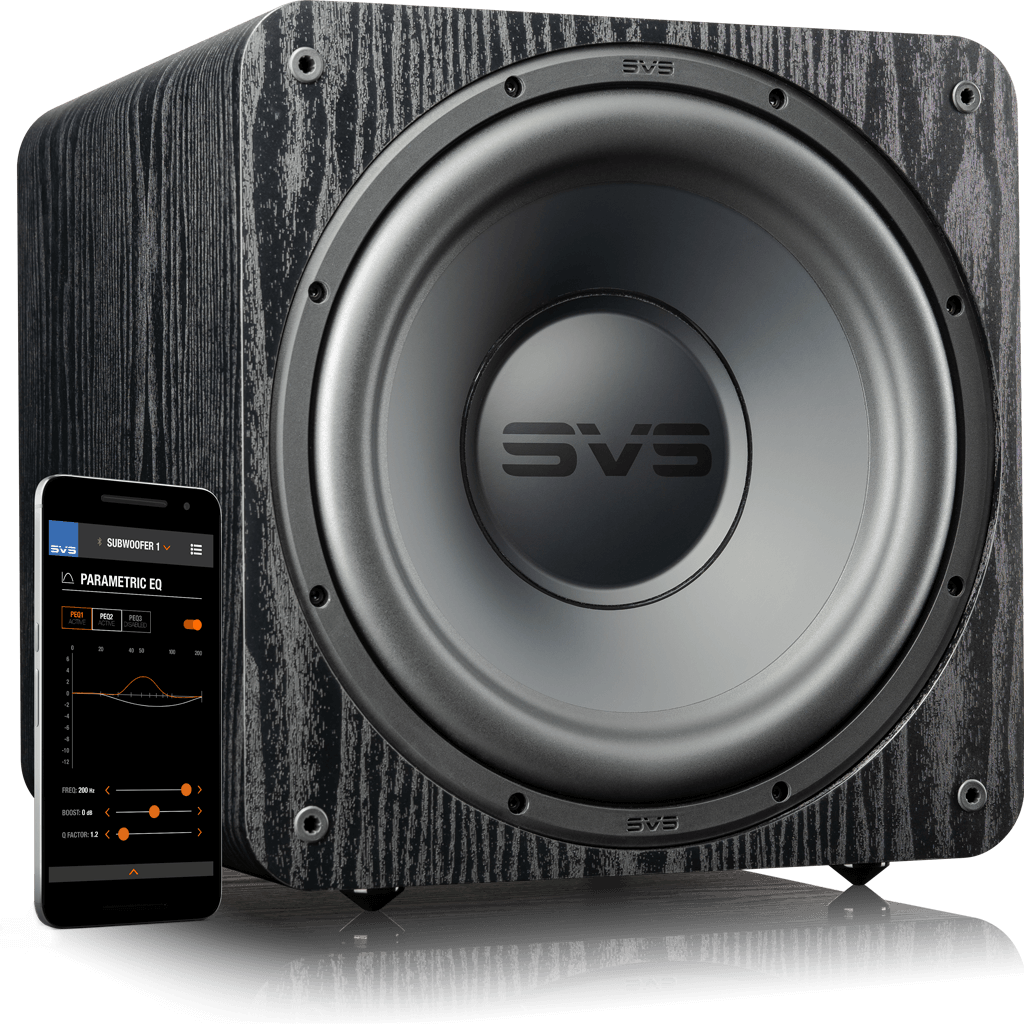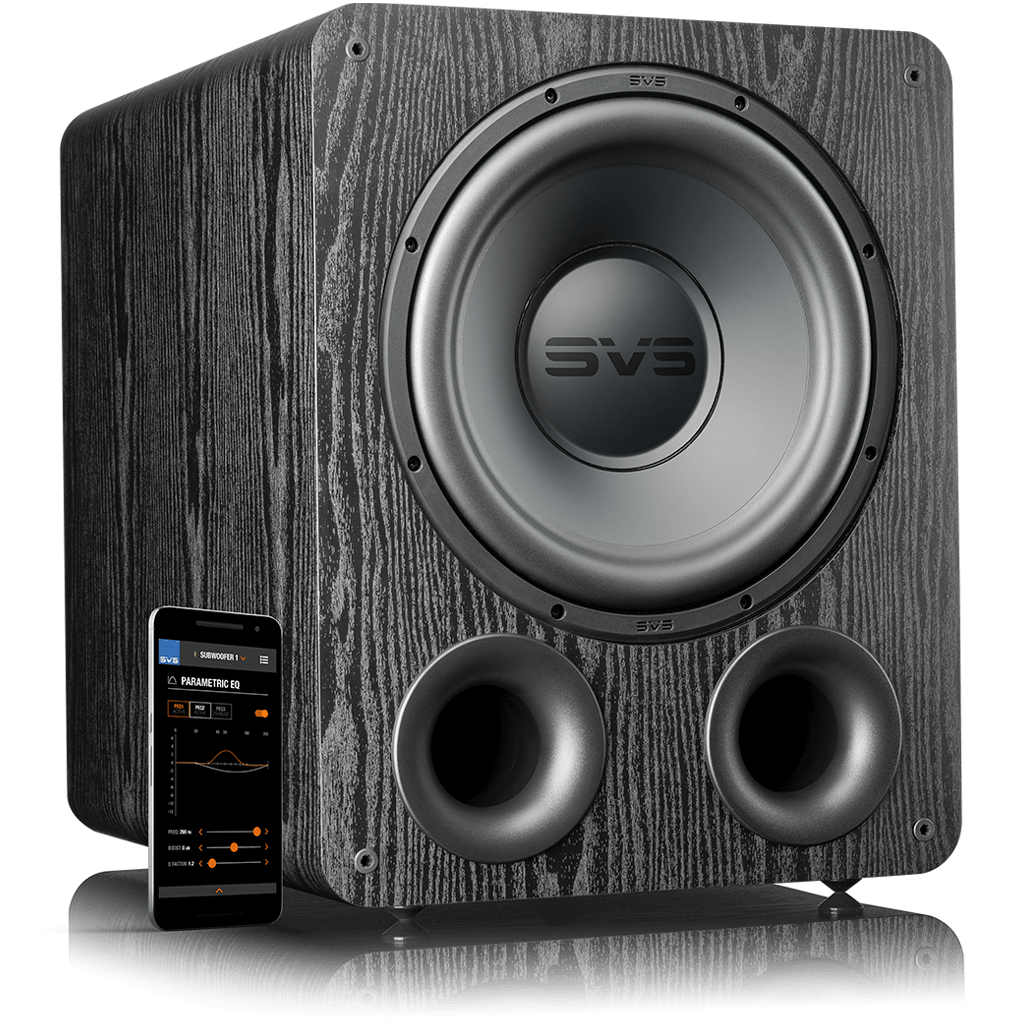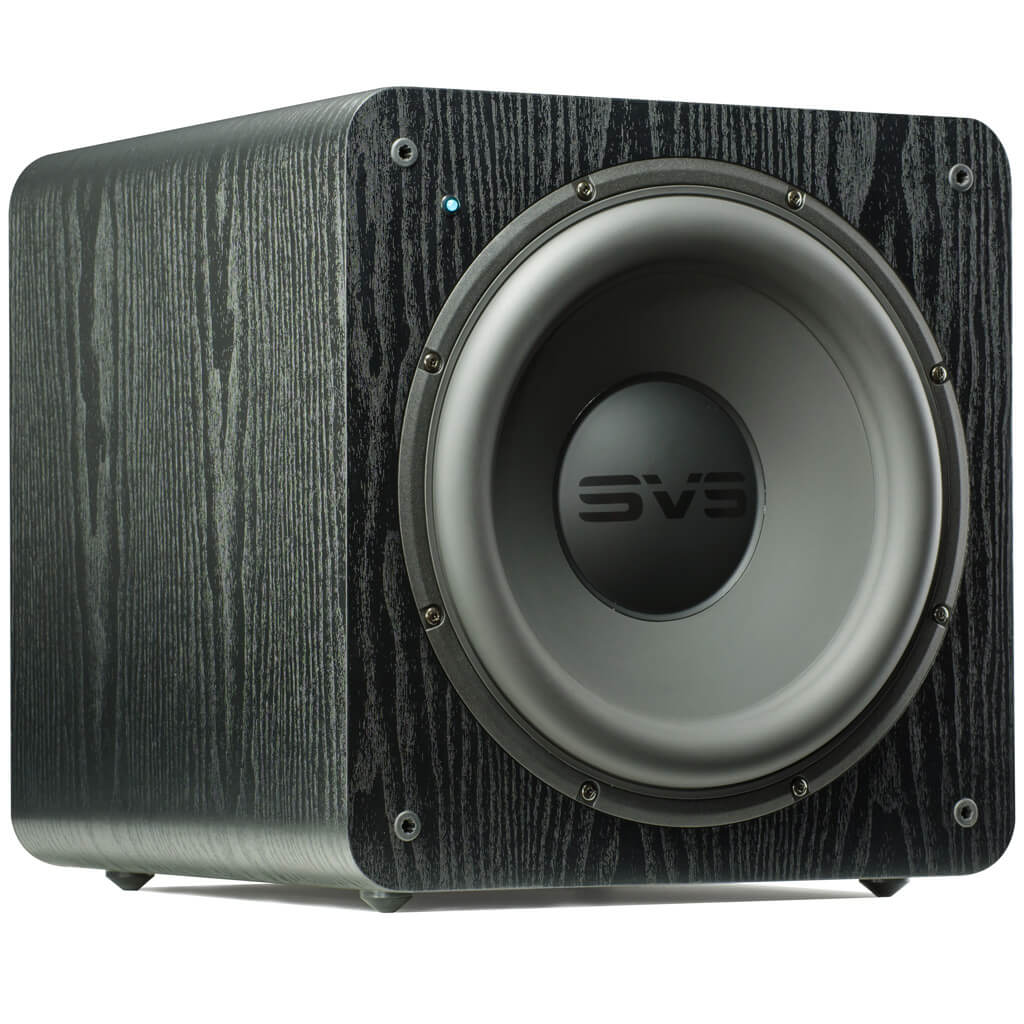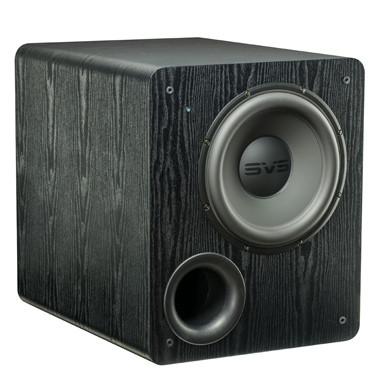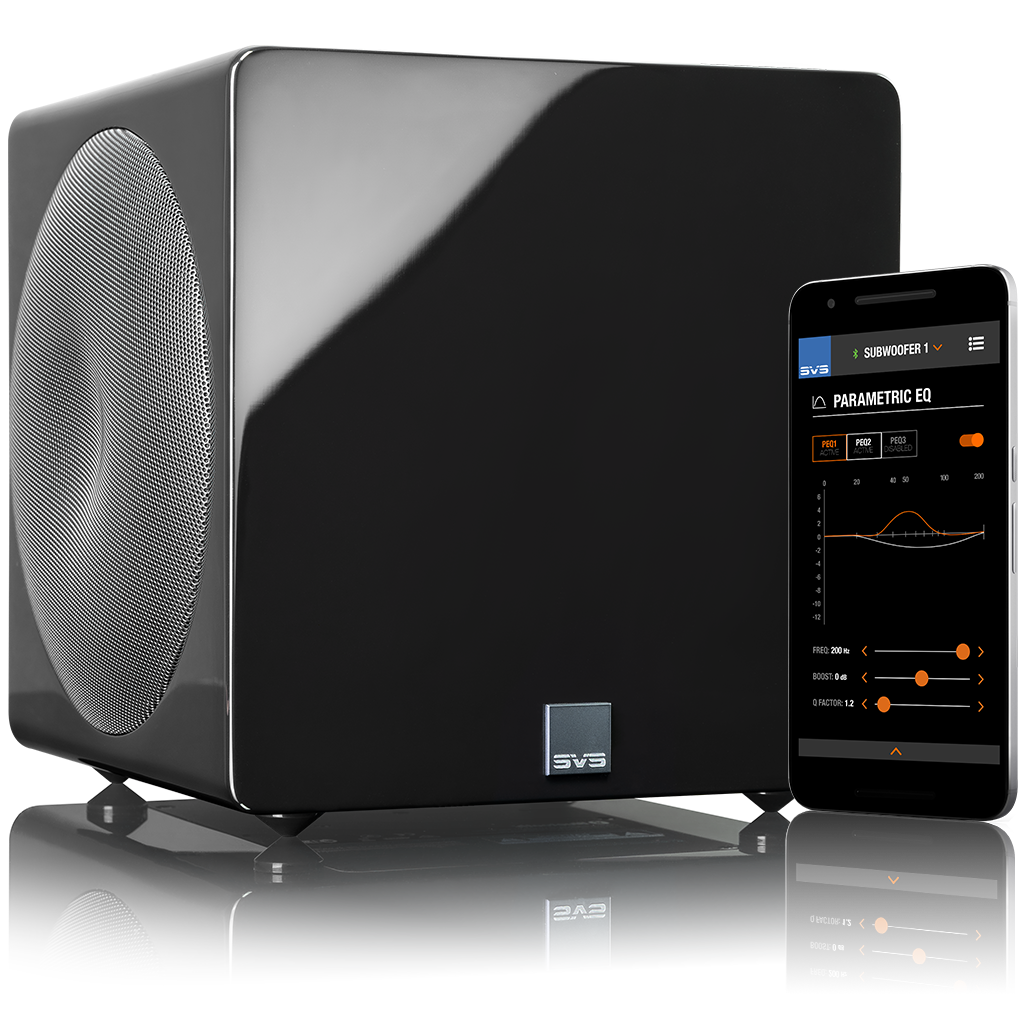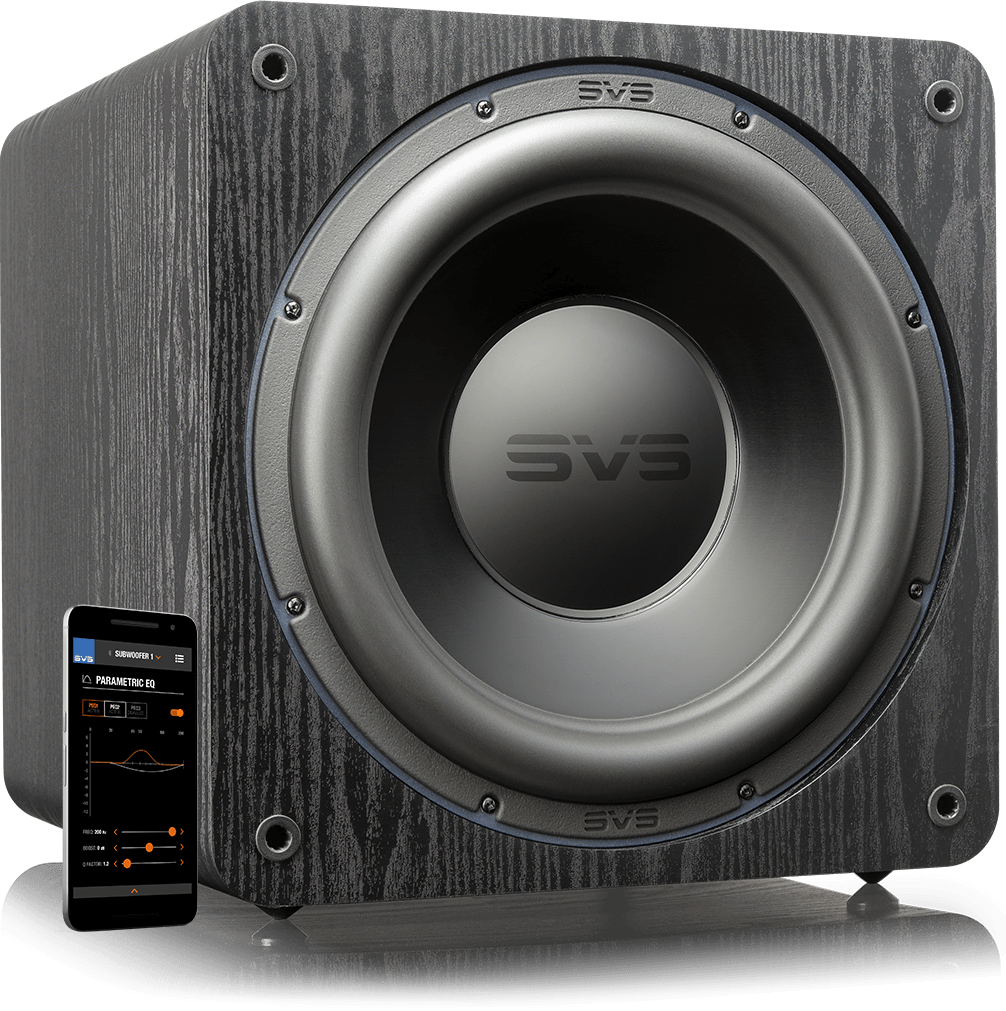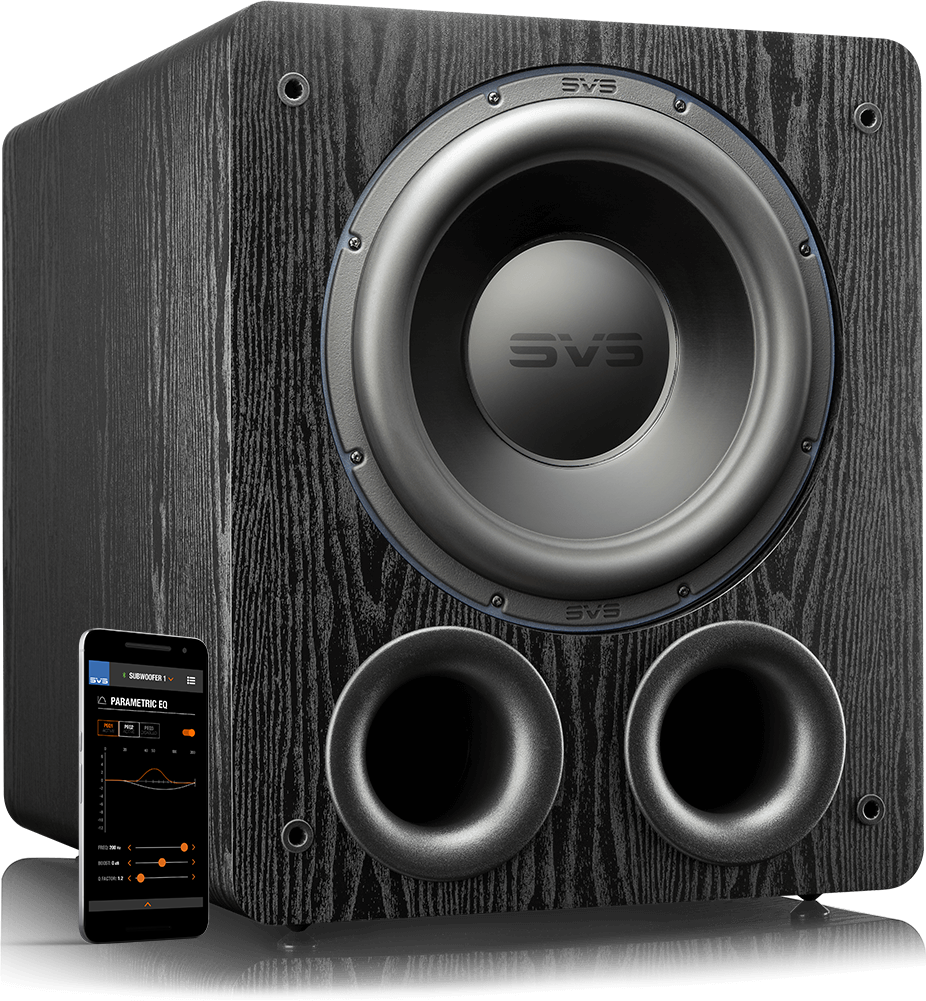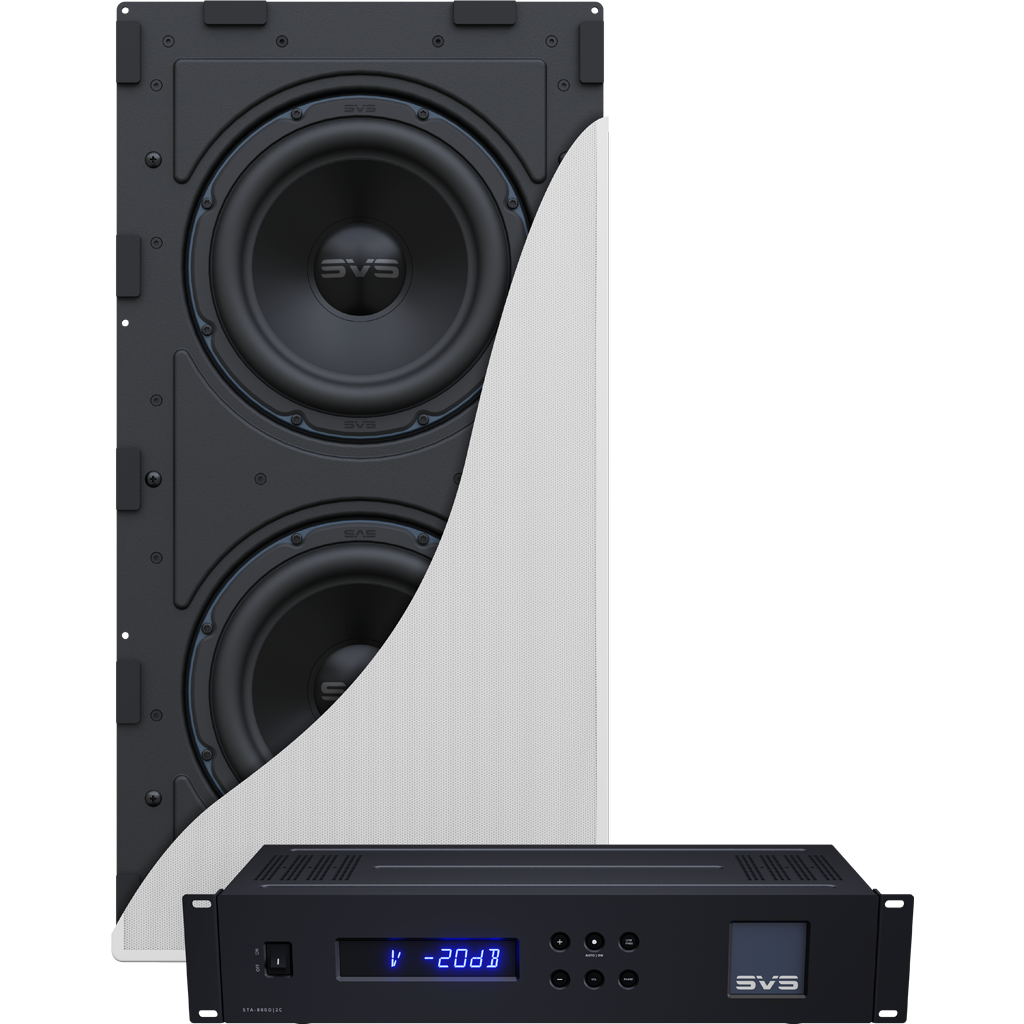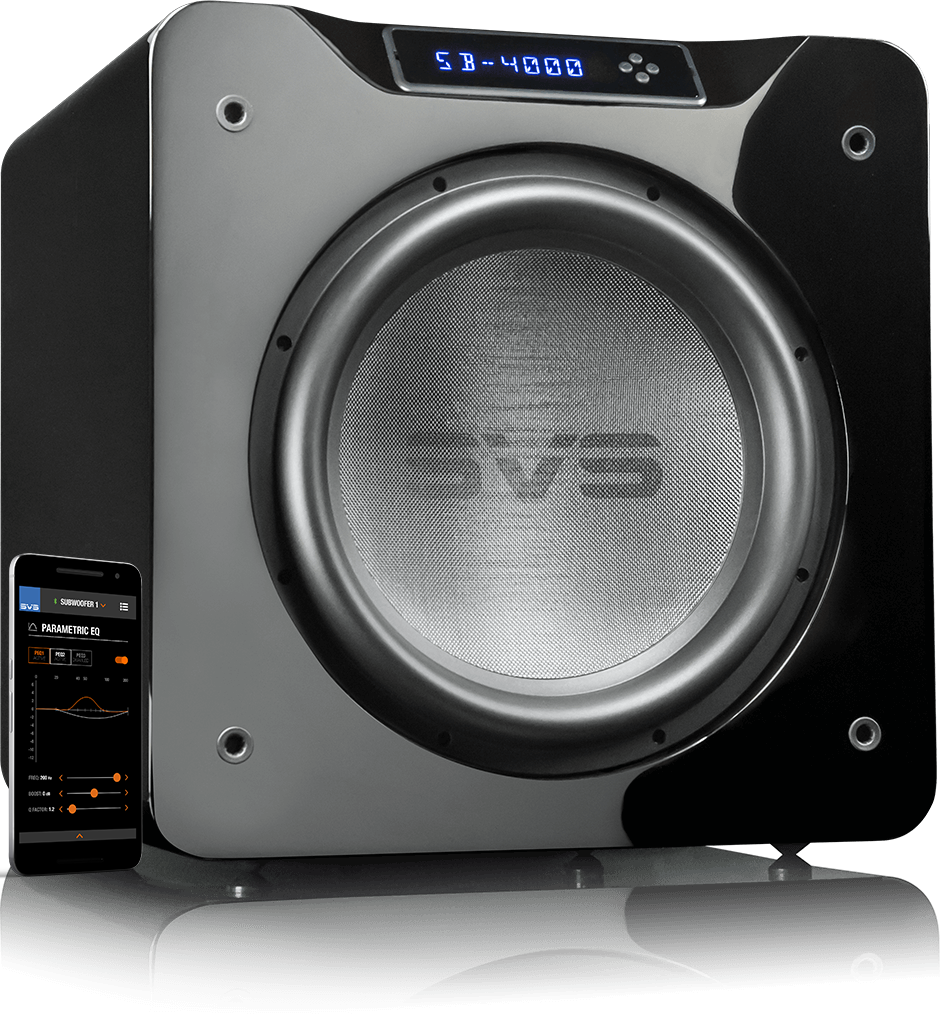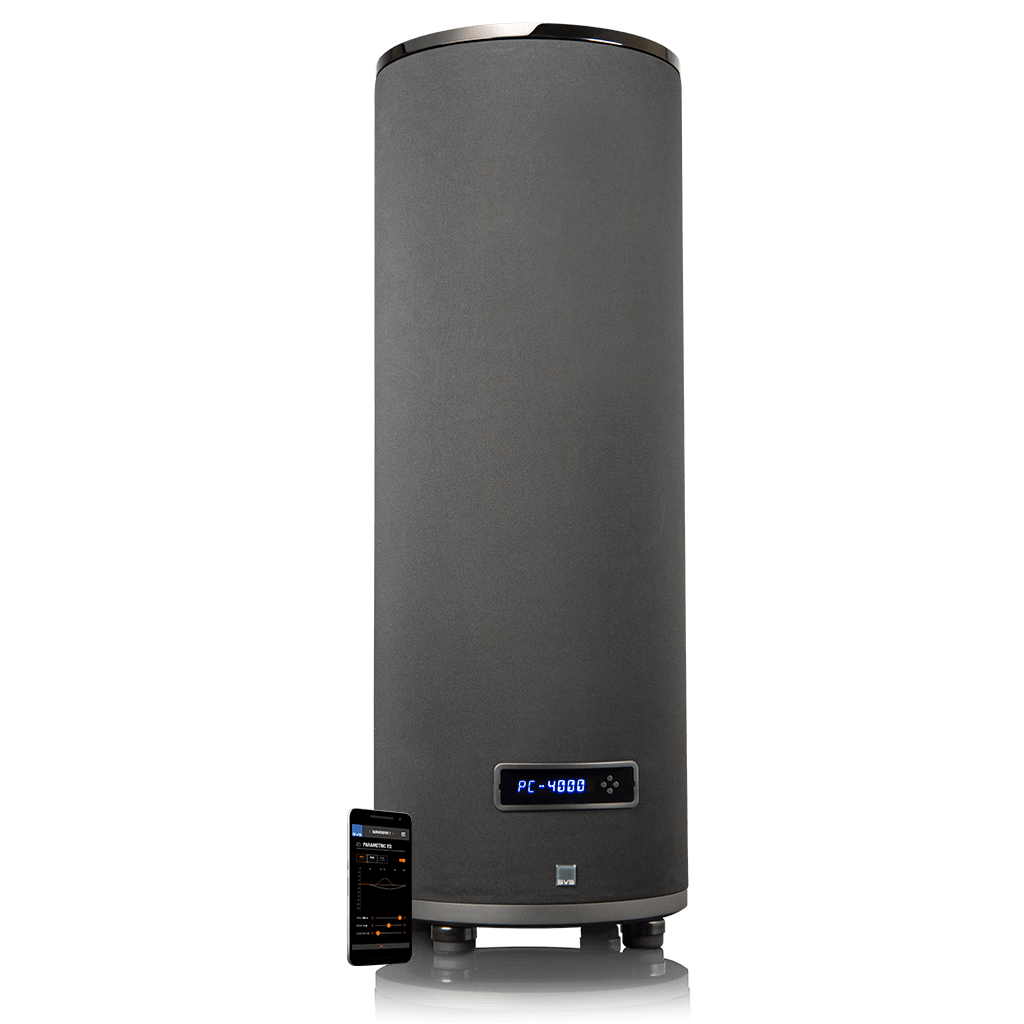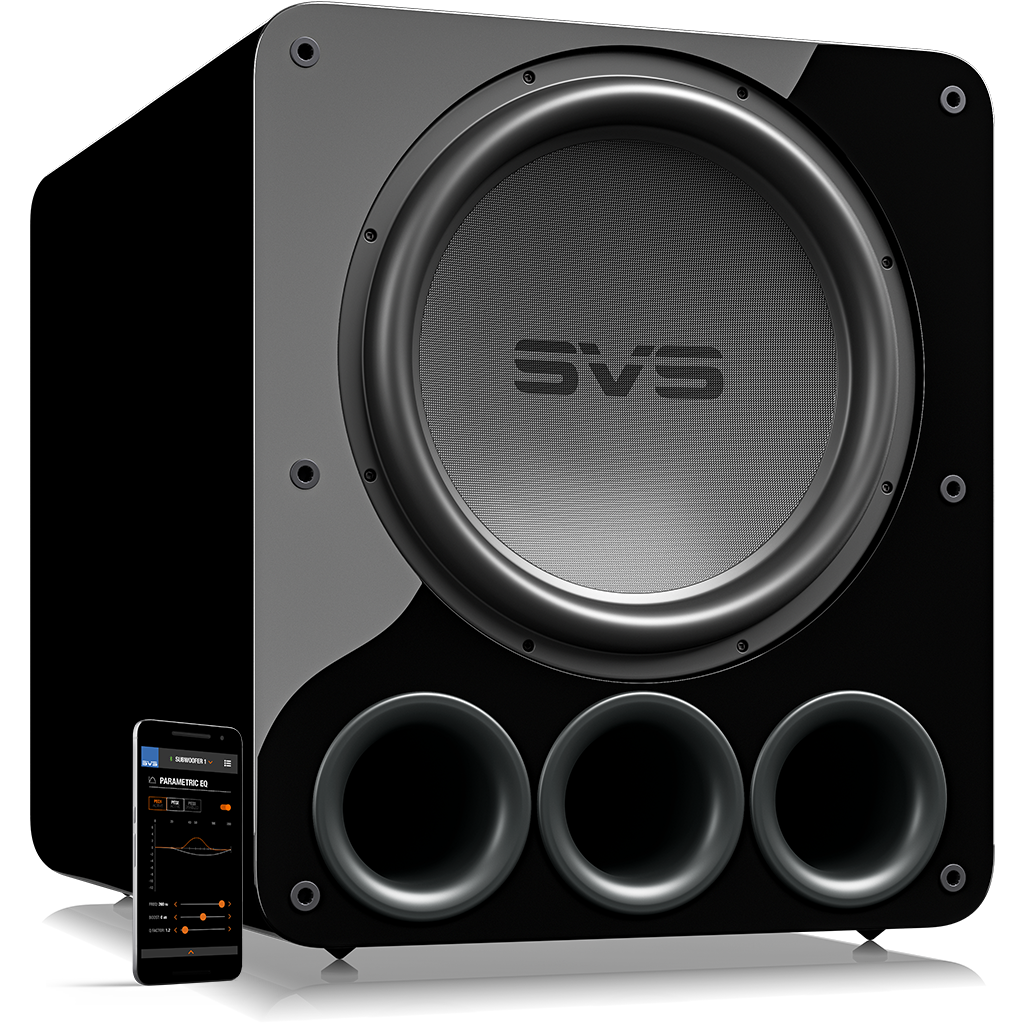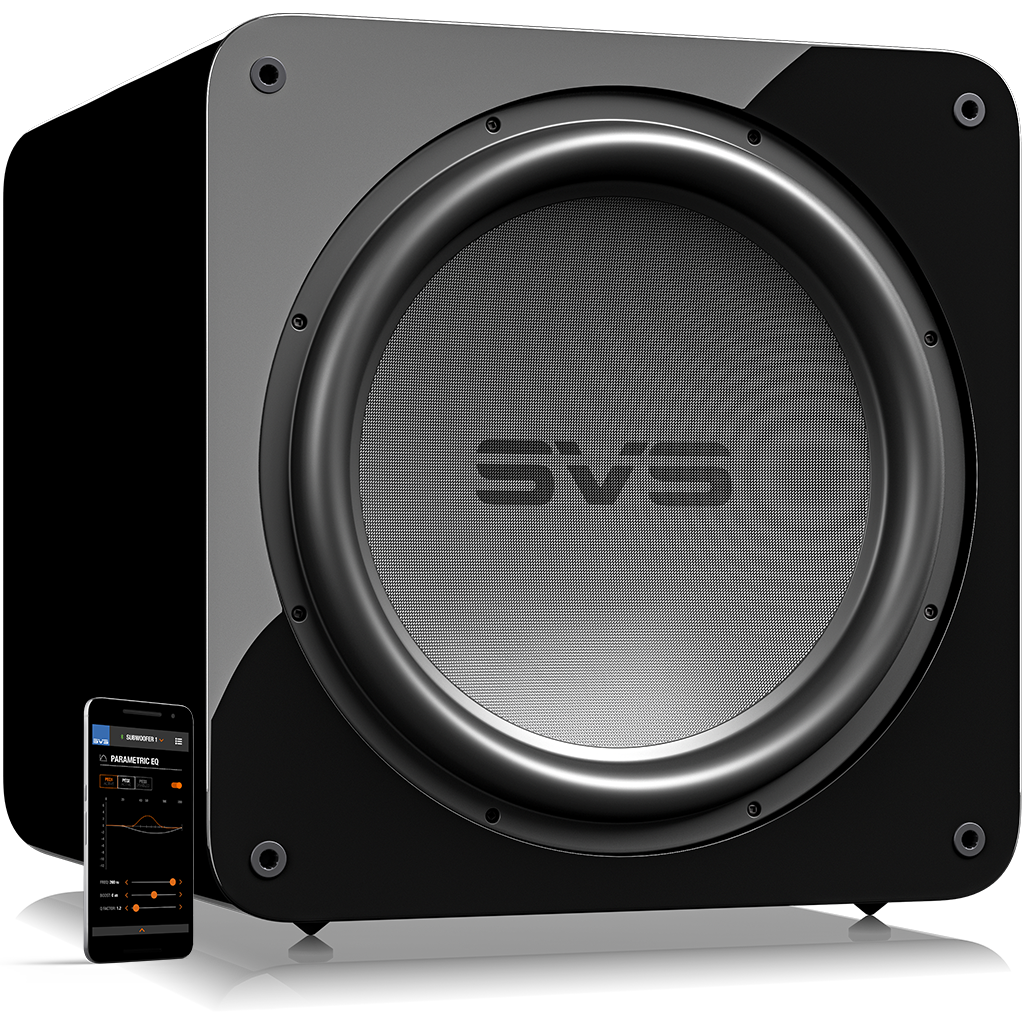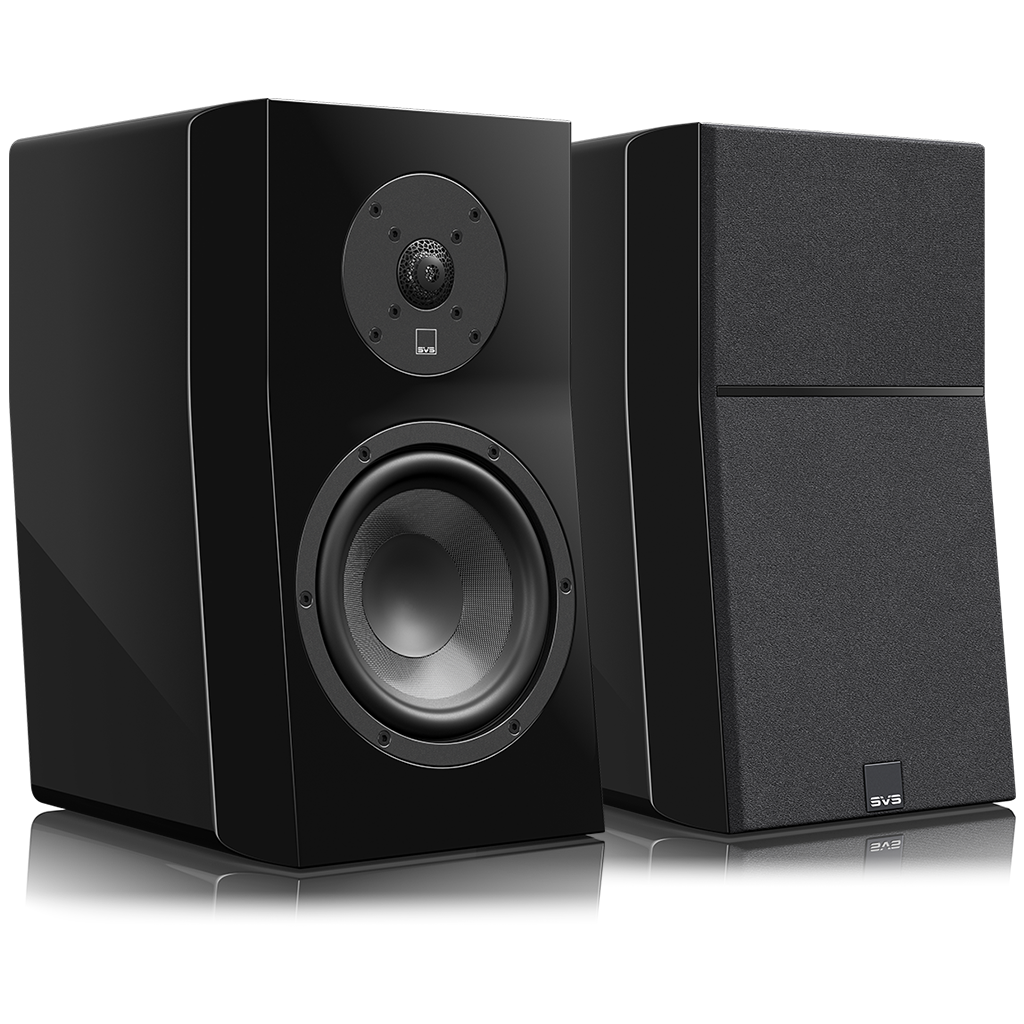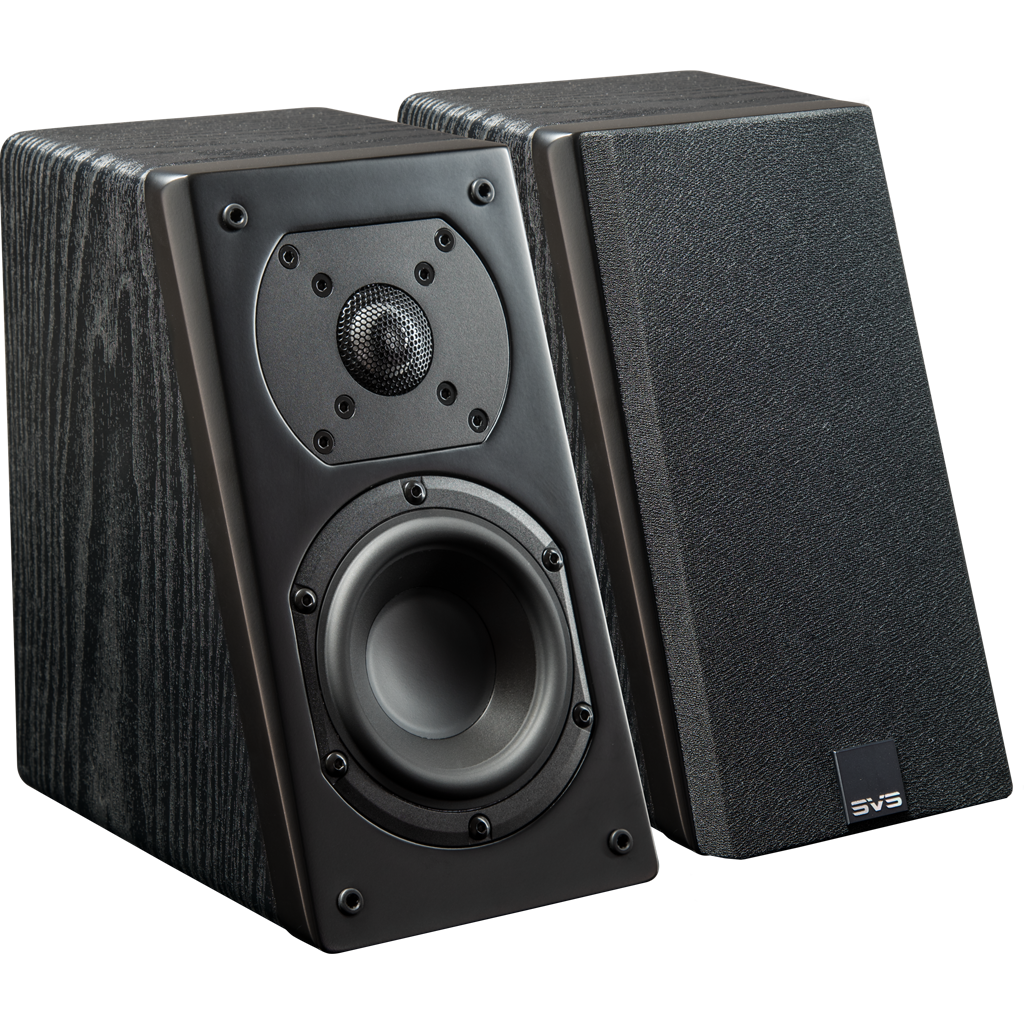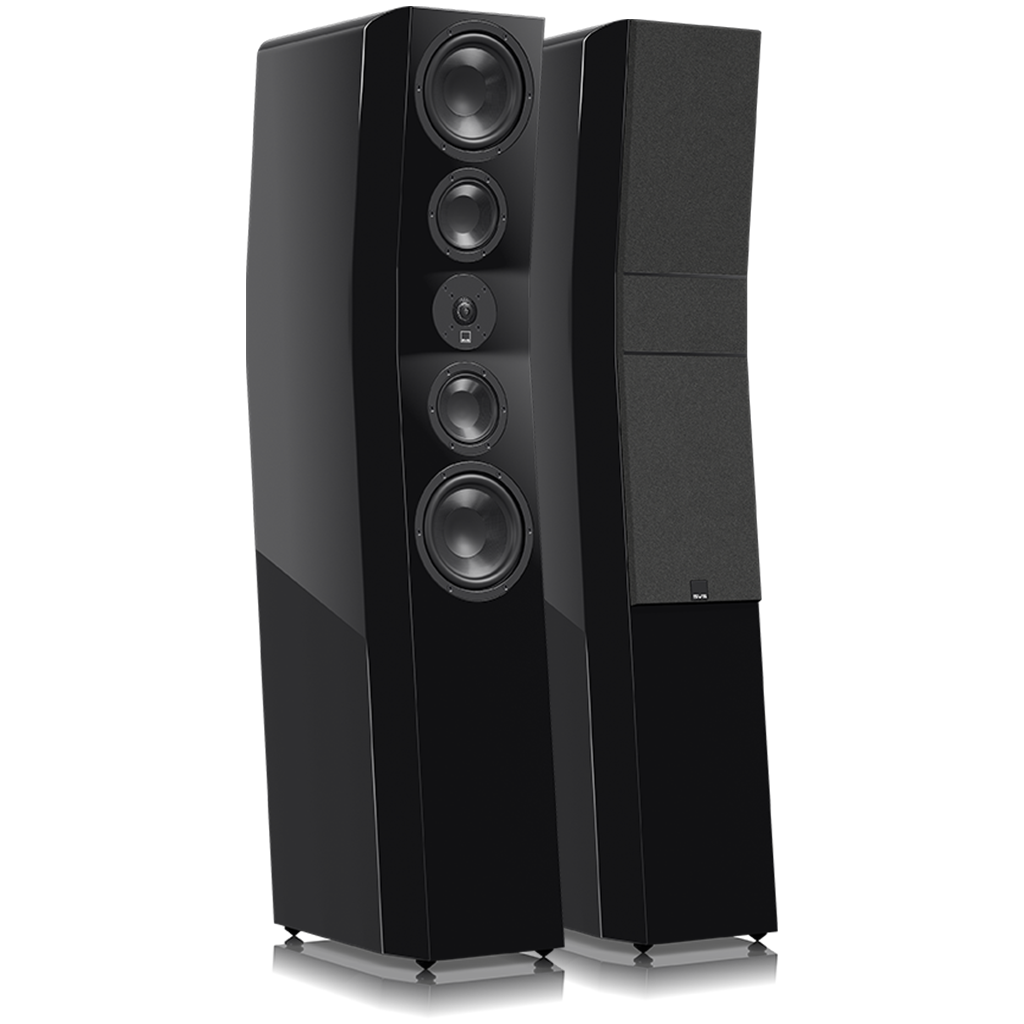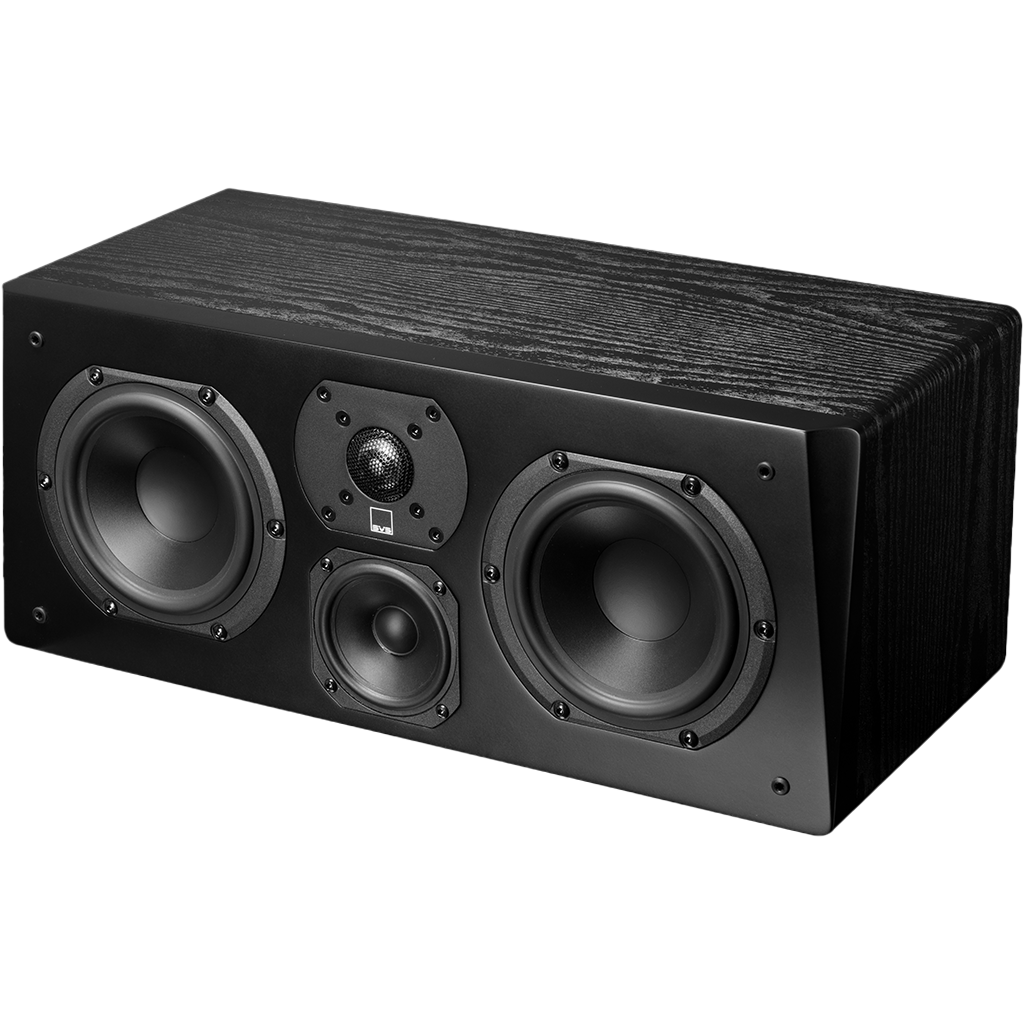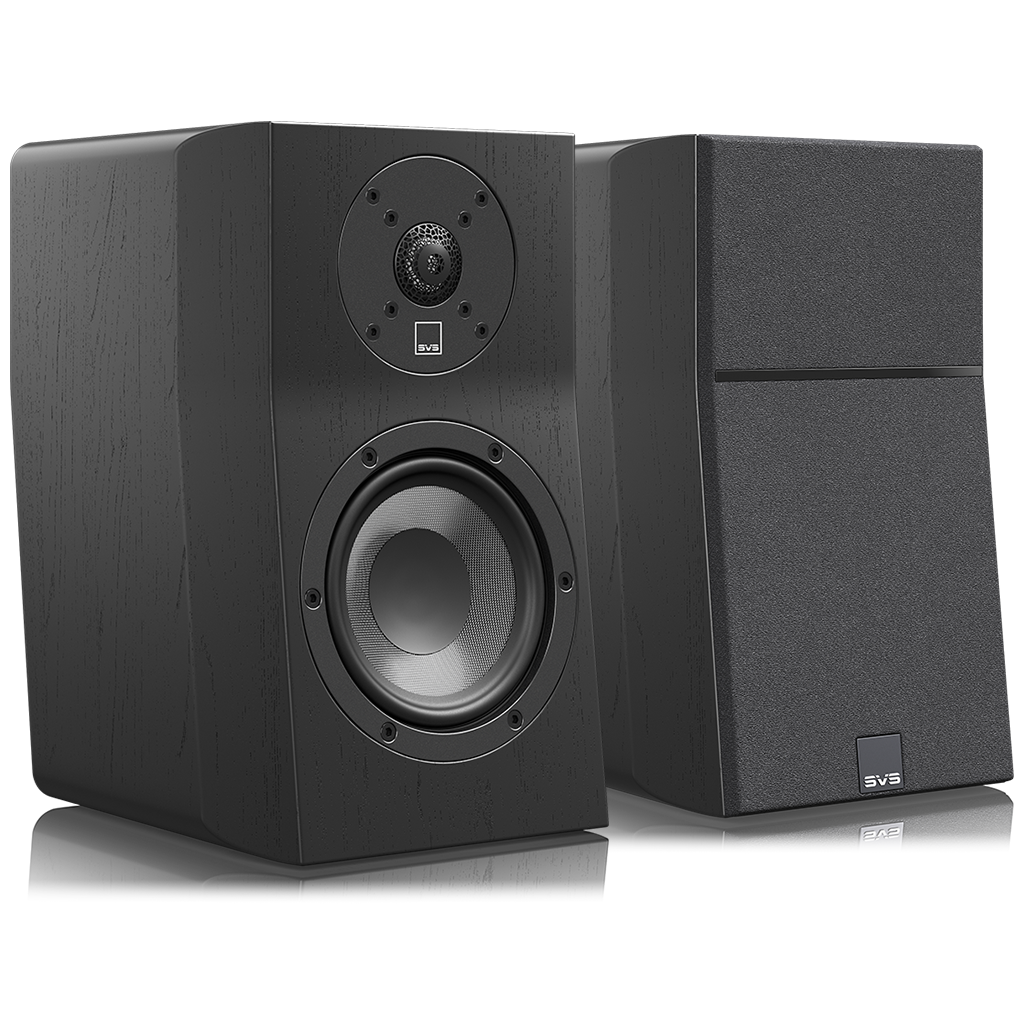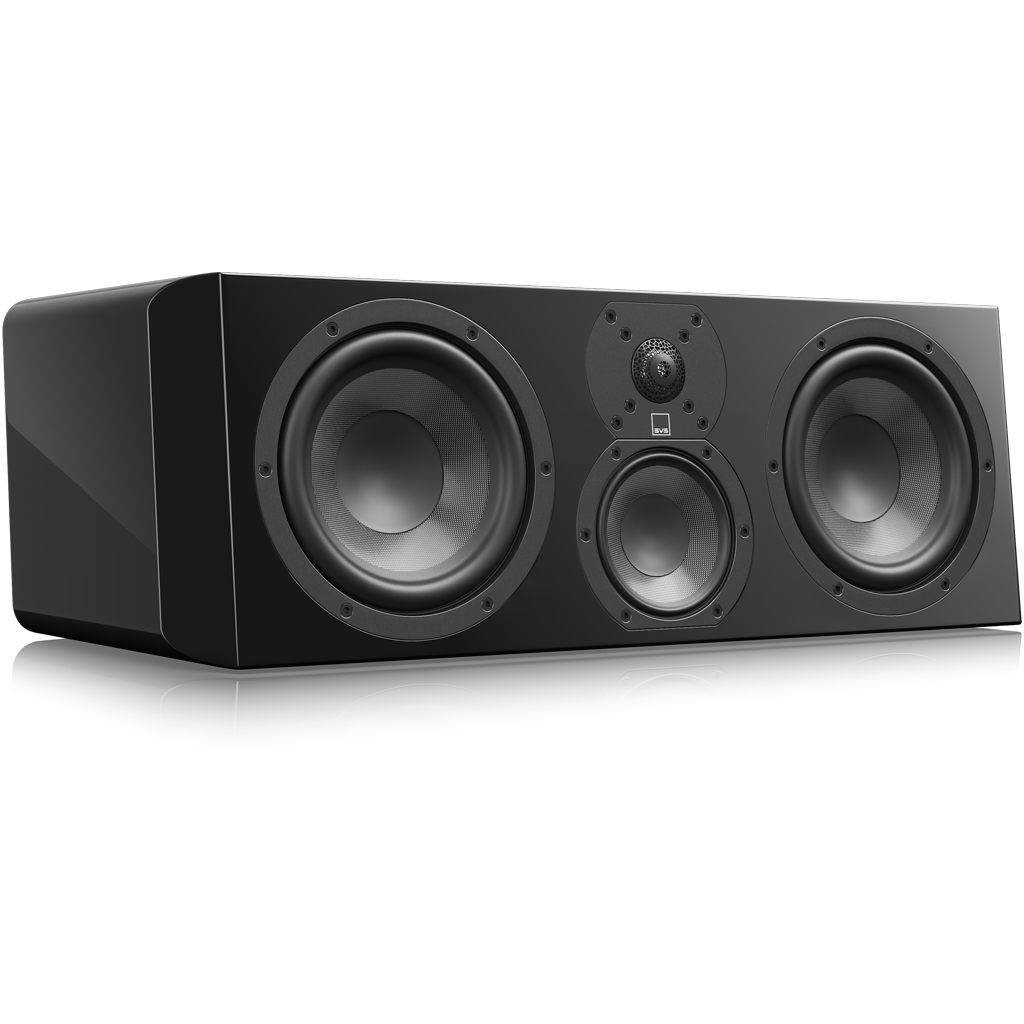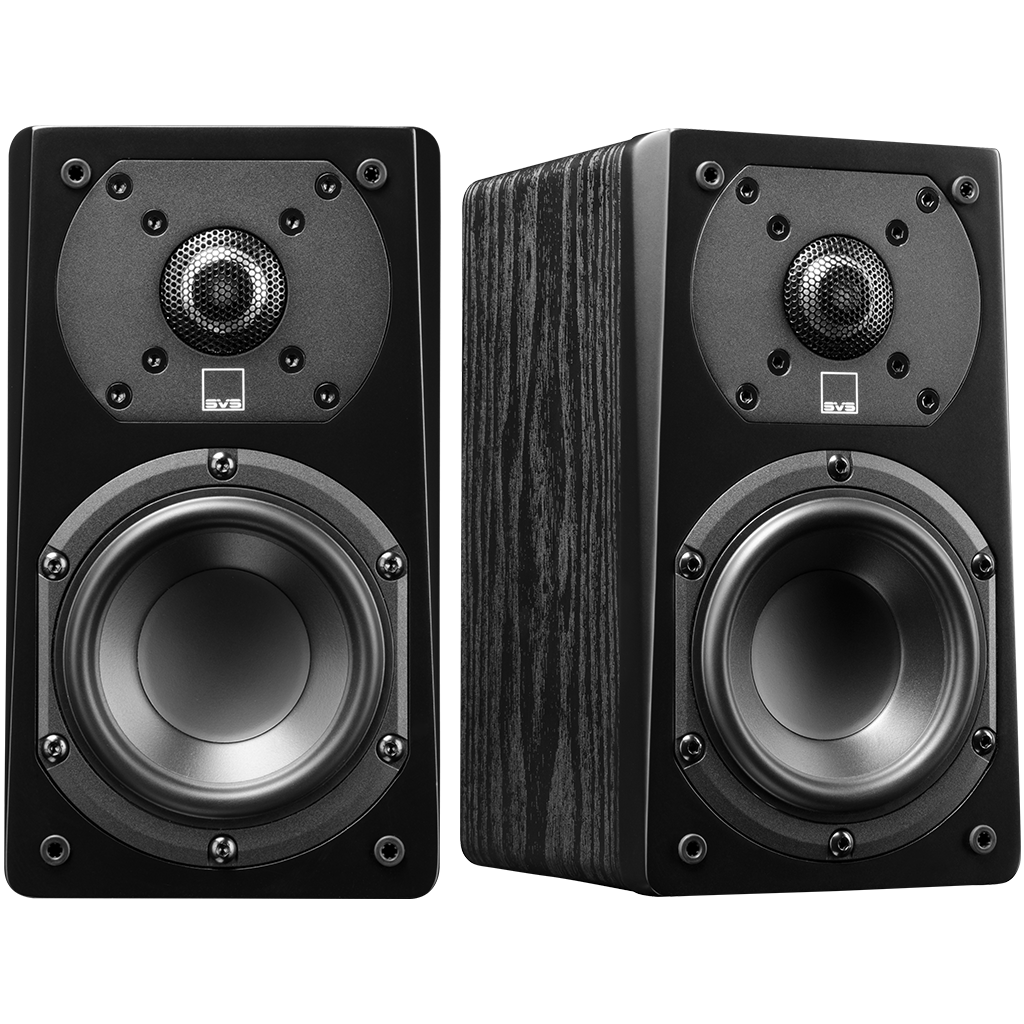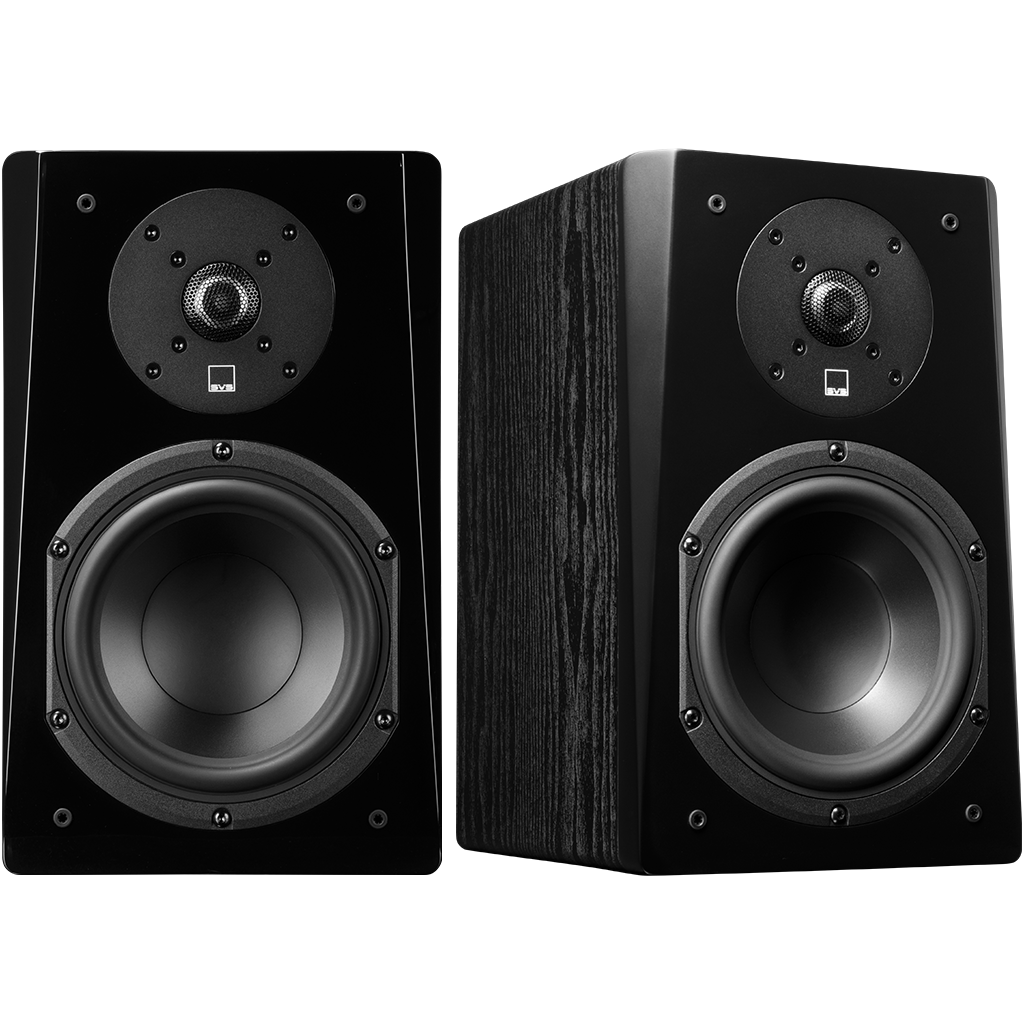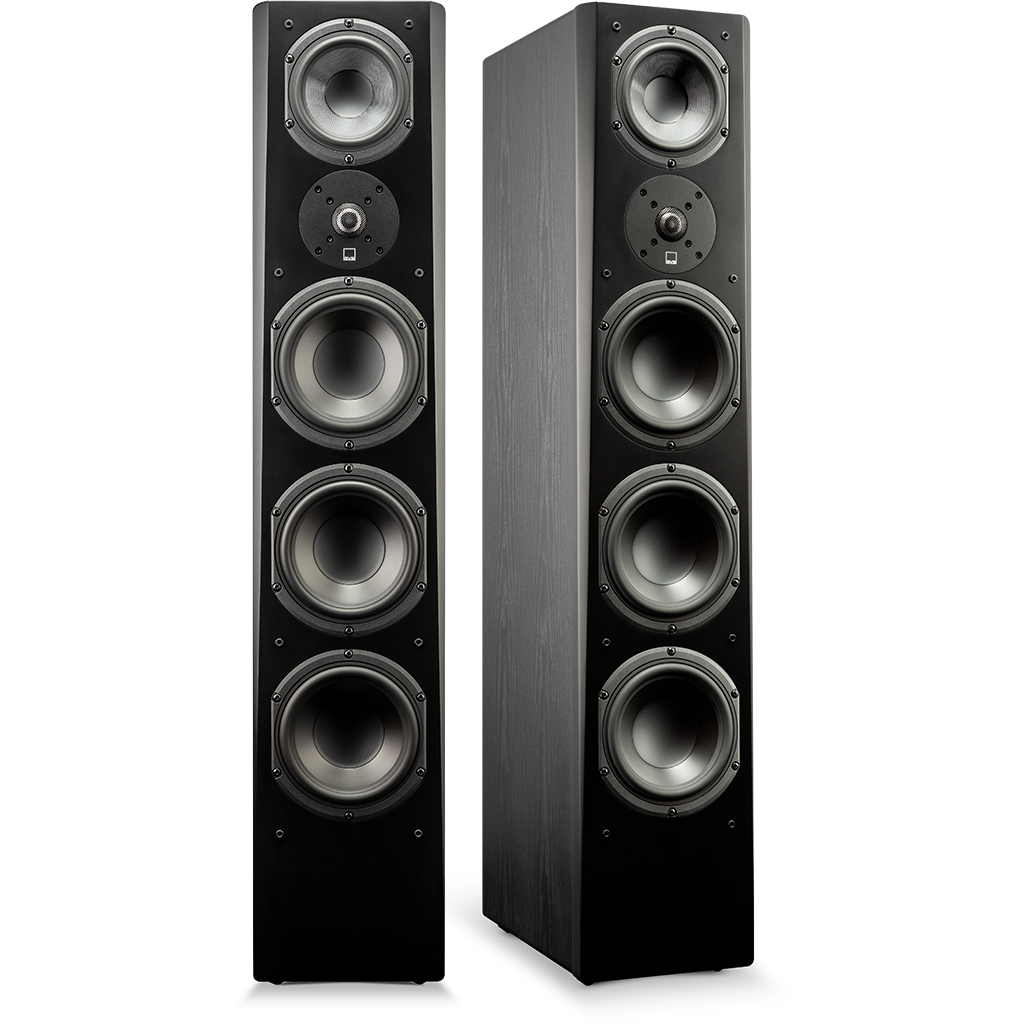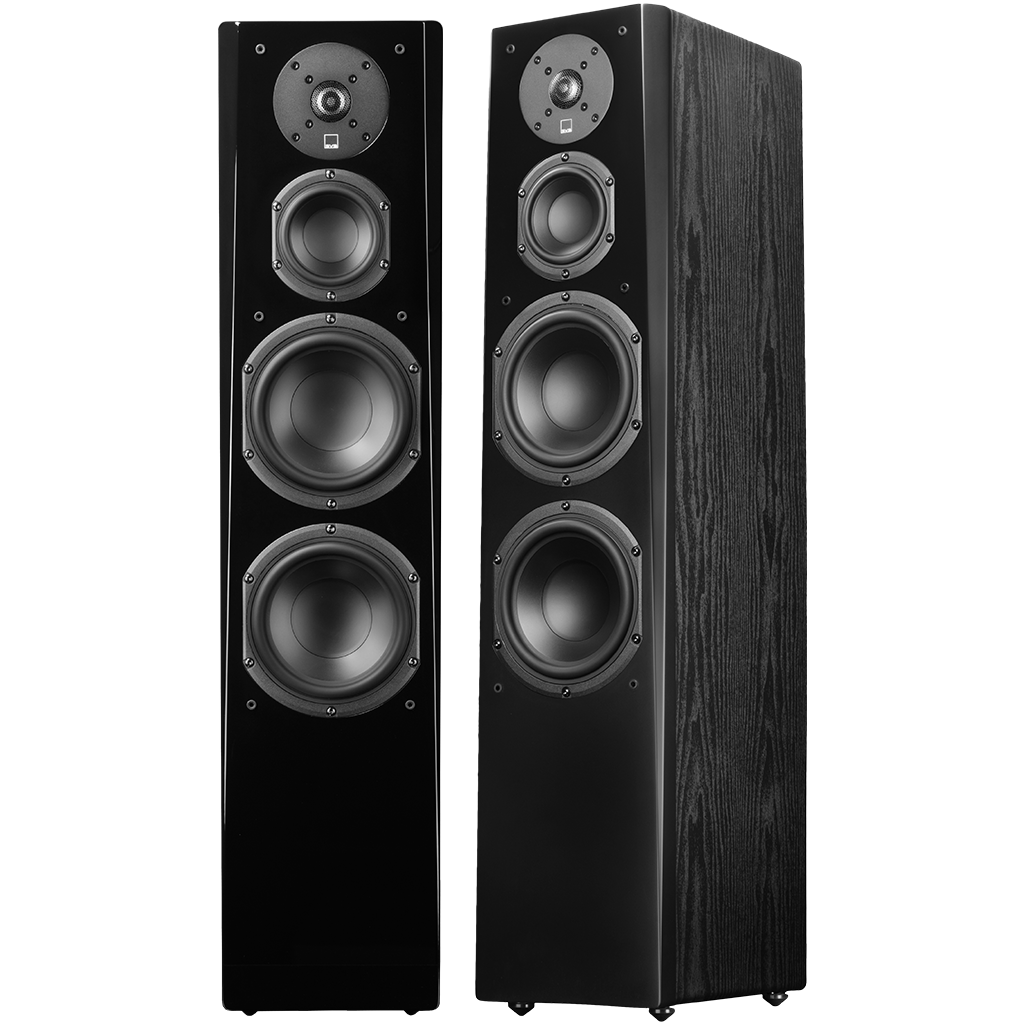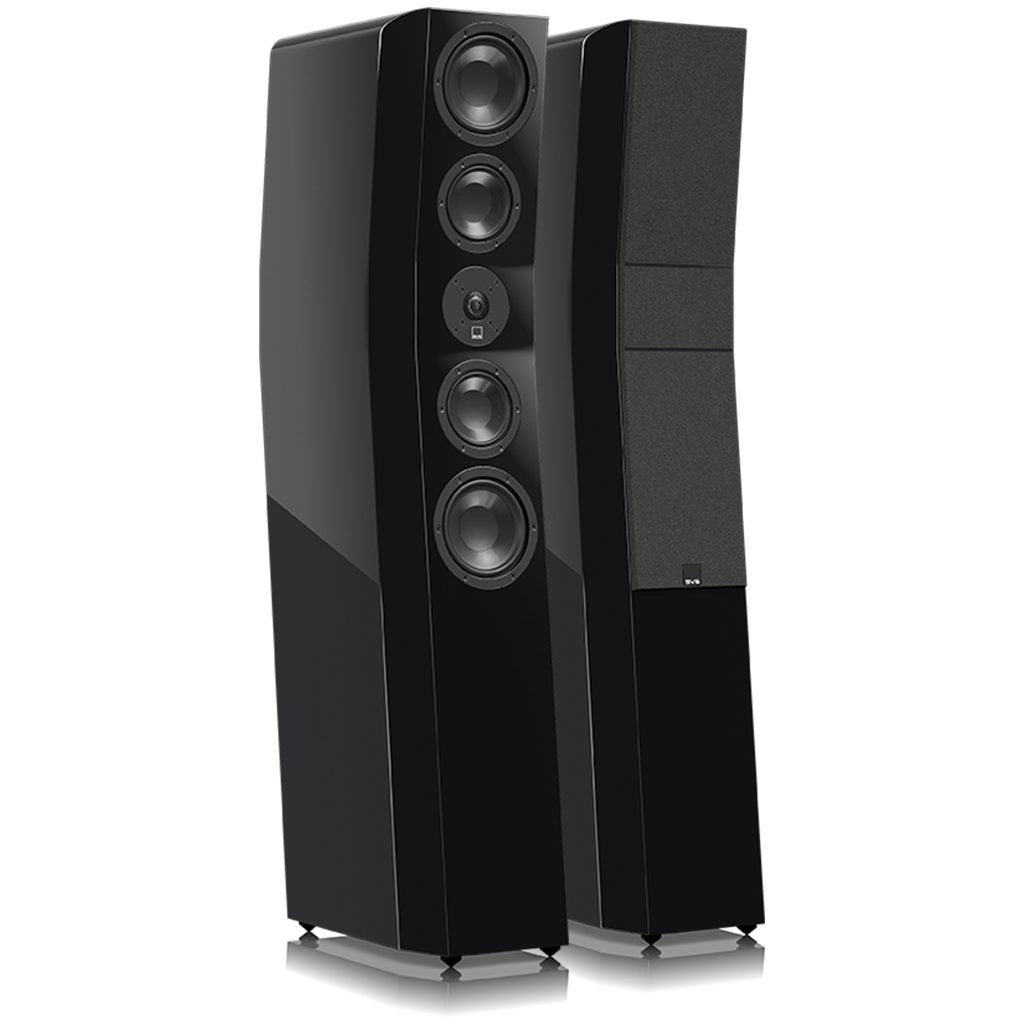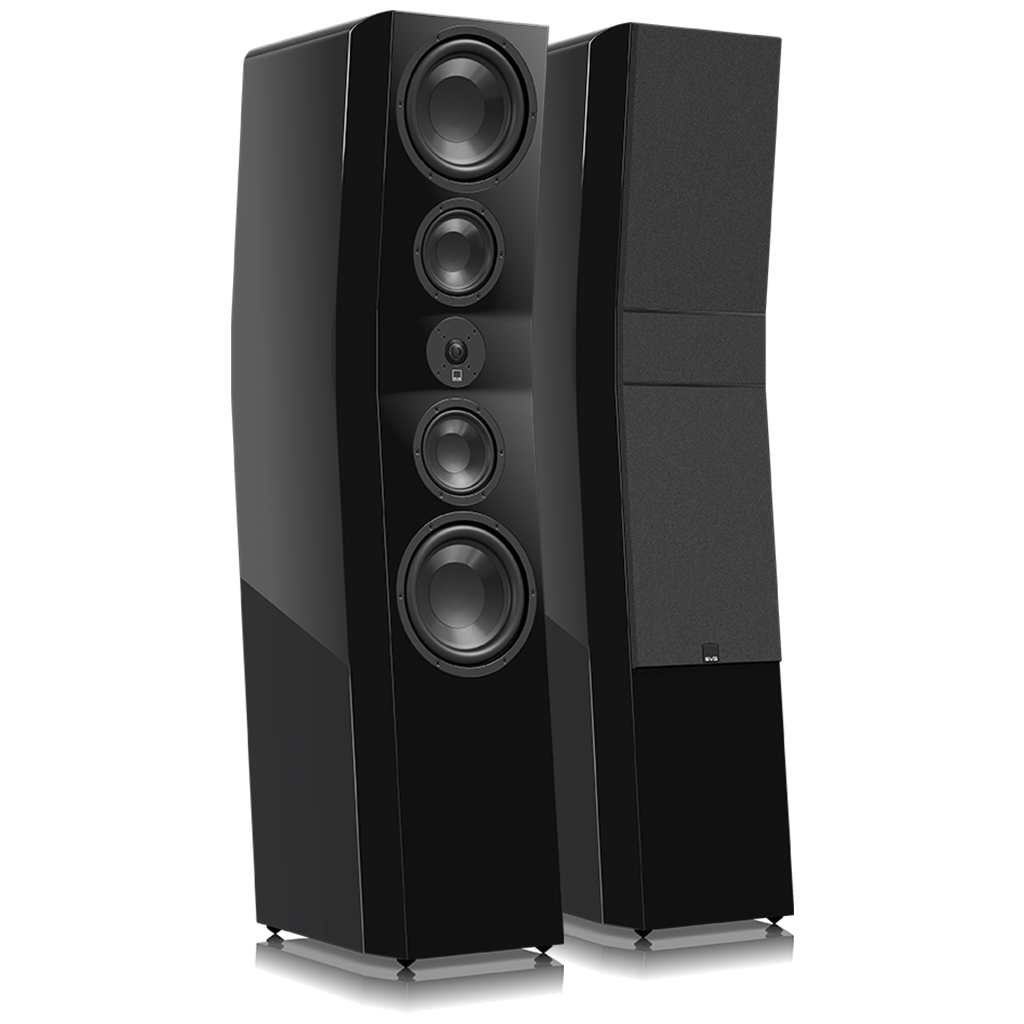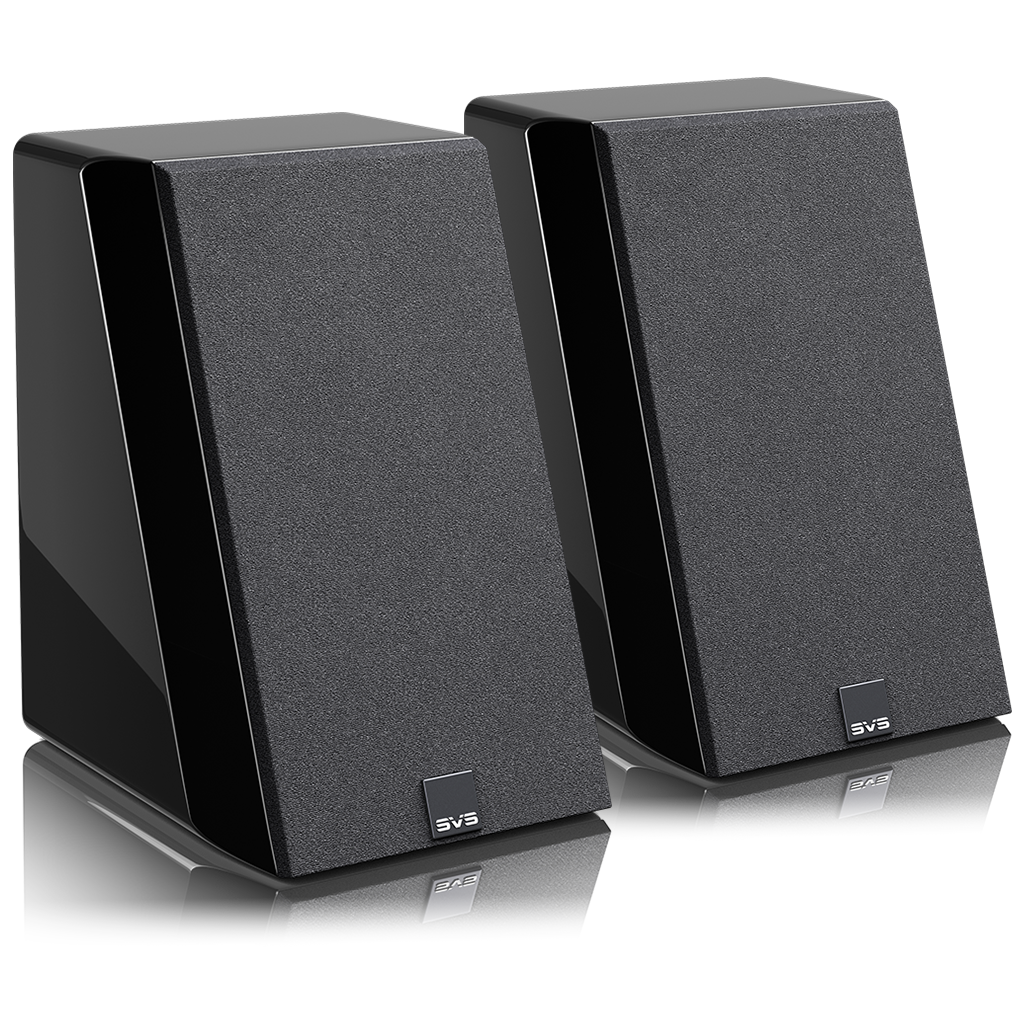Crossover Frequency

The crossover frequency is the frequency at which sound transitions from one speaker to another. In a passive speaker, the electronic crossover components determine where the sound transitions from the speaker channels to a subwoofer. The crossover frequency for each speaker is generally set in the AV receiver by a processor, which filters low frequency content away from the speaker channels and redirects it to the subwoofer channel. The process, known as digital bass management, creates a seamless sonic blend between the speaker channels and the subwoofer. Typically, the AV processor will set the crossover frequency for each channel during auto calibration. The crossover frequency can also be set manually if further optimization is needed.
What is the best crossover frequency setting?
As a general guideline, the crossover frequency should be set 10-15 Hz higher than the rated low frequency extension for each individual speaker, typically listed in the specifications. This allows output from the speaker to roll-off in a smooth and predictable manner for the best blending with the subwoofer and a more convincing and impactful low end.












